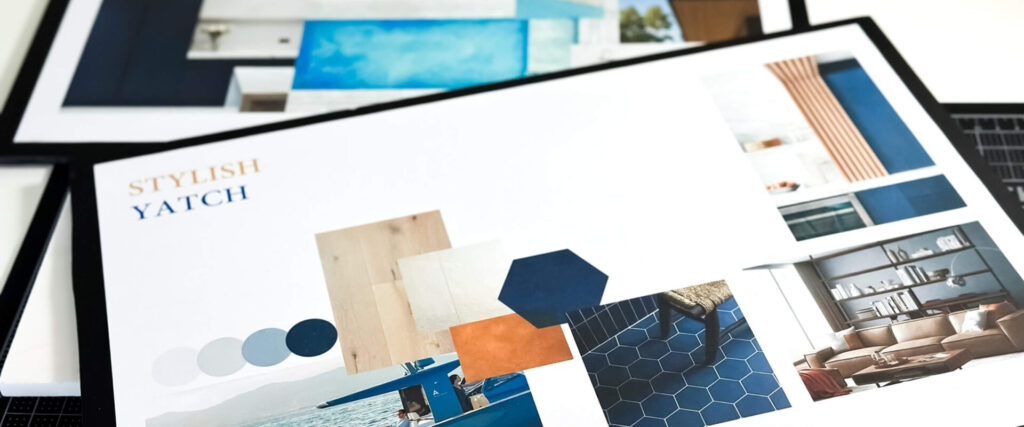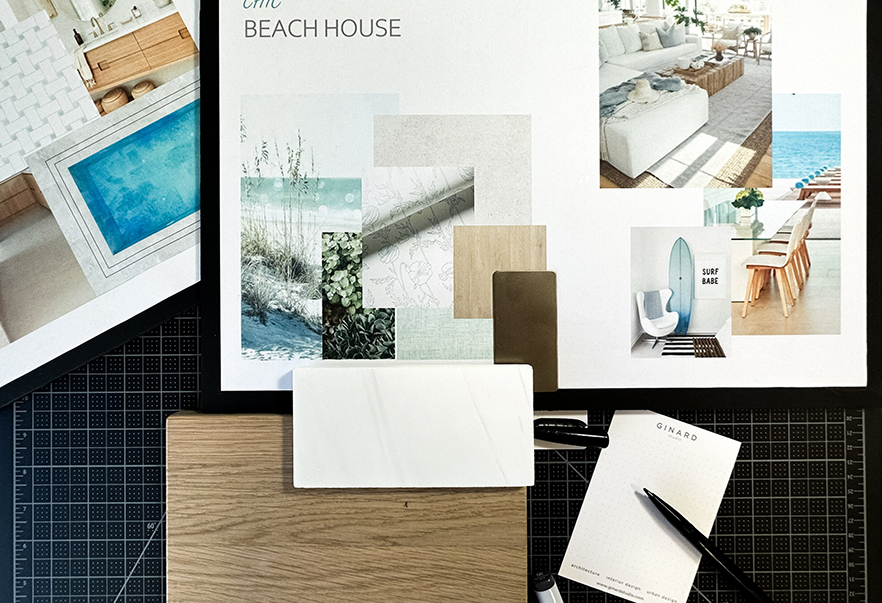In the vibrant world of interior design, creativity reigns supreme. From conceptualizing breathtaking spaces to curating harmonious color palettes, designers are tasked with weaving together elements that evoke emotion and intrigue. At the heart of this creative process lies a powerful tool: the mood board. But what exactly is a mood board, and why is it an indispensable asset for interior designers?
Defining the Mood Board

A mood board is a visual representation of a design concept or theme. It serves as a curated collage of images, textures, colors, patterns, and materials that encapsulate the essence and mood of a project. Think of it as a visual roadmap that guides the design journey, offering inspiration, direction, and clarity to both designers and clients alike.
The Purpose of a Mood Board
- Inspiration and Exploration: Mood boards serve as a catalyst for creativity, igniting the imagination and sparking ideas. By compiling images, textures, and colors that resonate with the desired aesthetic, designers can explore different design directions and experiment with various themes and concepts.
- Communication Tool: Effective communication is paramount in interior design projects. Mood boards act as a universal language, enabling designers to effectively convey their vision to clients, collaborators, and stakeholders. Through carefully curated visuals, designers can articulate the intended mood, style, and ambiance of a space, fostering alignment and understanding among all parties involved.
- Decision-Making Aid: Design decisions can be daunting, especially when faced with an array of options. Mood boards provide clarity and focus, serving as a reference point for decision-making. Whether selecting furniture, fabrics, or finishes, designers can refer to the mood board to ensure that every choice aligns with the overarching vision and maintains design coherence.
- Client Engagement: Clients play a pivotal role in the design process, and their input is invaluable. Mood boards facilitate meaningful client engagement by allowing them to visualize and participate in the design journey. By presenting mood boards early in the process, designers can solicit feedback, refine concepts, and ensure that the final design reflects the client’s preferences and aspirations.
In conclusion, a mood board is not merely a collection of images; it’s a powerful tool that fuels creativity, facilitates communication, and guides the design process in interior design.
